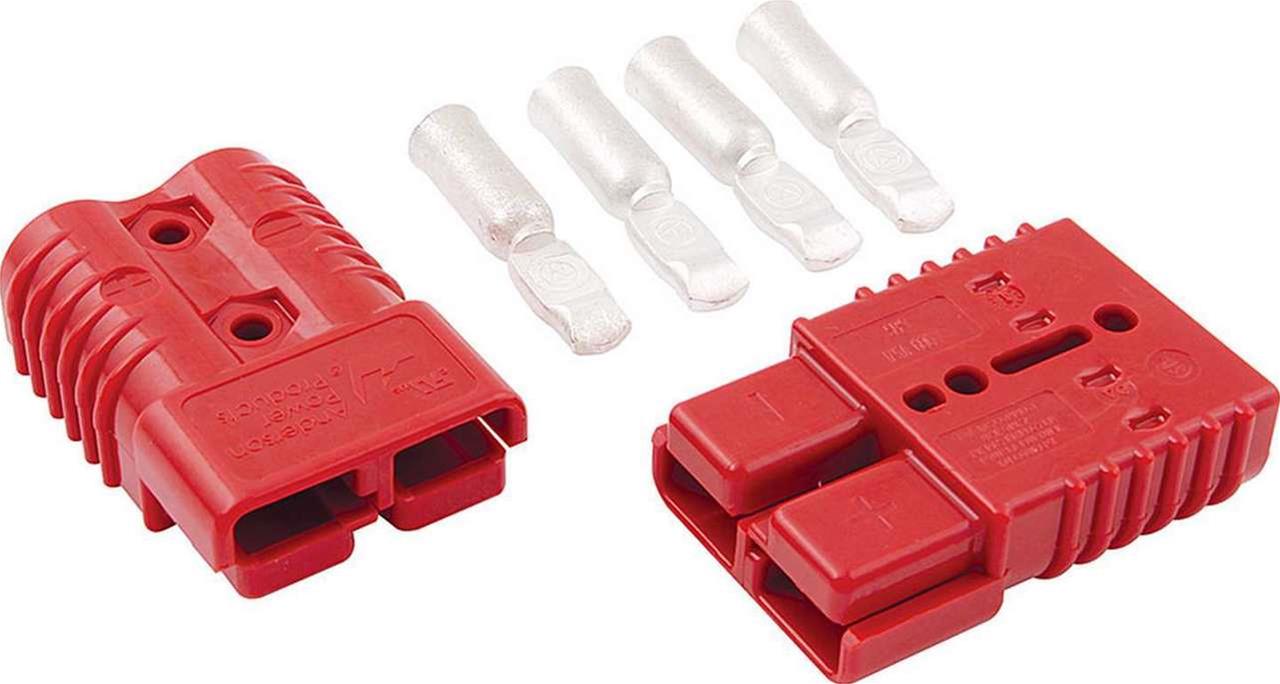So I have a conversion van that I've gutted to convert. The house battery I'd planned on mounting in the alcove above the front seats as it's a nice out of the way spot.
Then I got to thinking it may get too hot up there in the summer so I was thinking about mounting them in the back behind the rear wheel well. In colder weather however I was thinking they would probably stay warmer in the alcove.
I did end up getting a prismatic cell array and cells would be mounted flat side by side if in the alcove.
Weight up above I'm not worried about, the alcove bottom is the vans roof and it would be nicely stowed out of the way up there.
So which spot would you say is better for the batteries and performance?
Thanks!
~T
Then I got to thinking it may get too hot up there in the summer so I was thinking about mounting them in the back behind the rear wheel well. In colder weather however I was thinking they would probably stay warmer in the alcove.
I did end up getting a prismatic cell array and cells would be mounted flat side by side if in the alcove.
Weight up above I'm not worried about, the alcove bottom is the vans roof and it would be nicely stowed out of the way up there.
So which spot would you say is better for the batteries and performance?
Thanks!
~T



